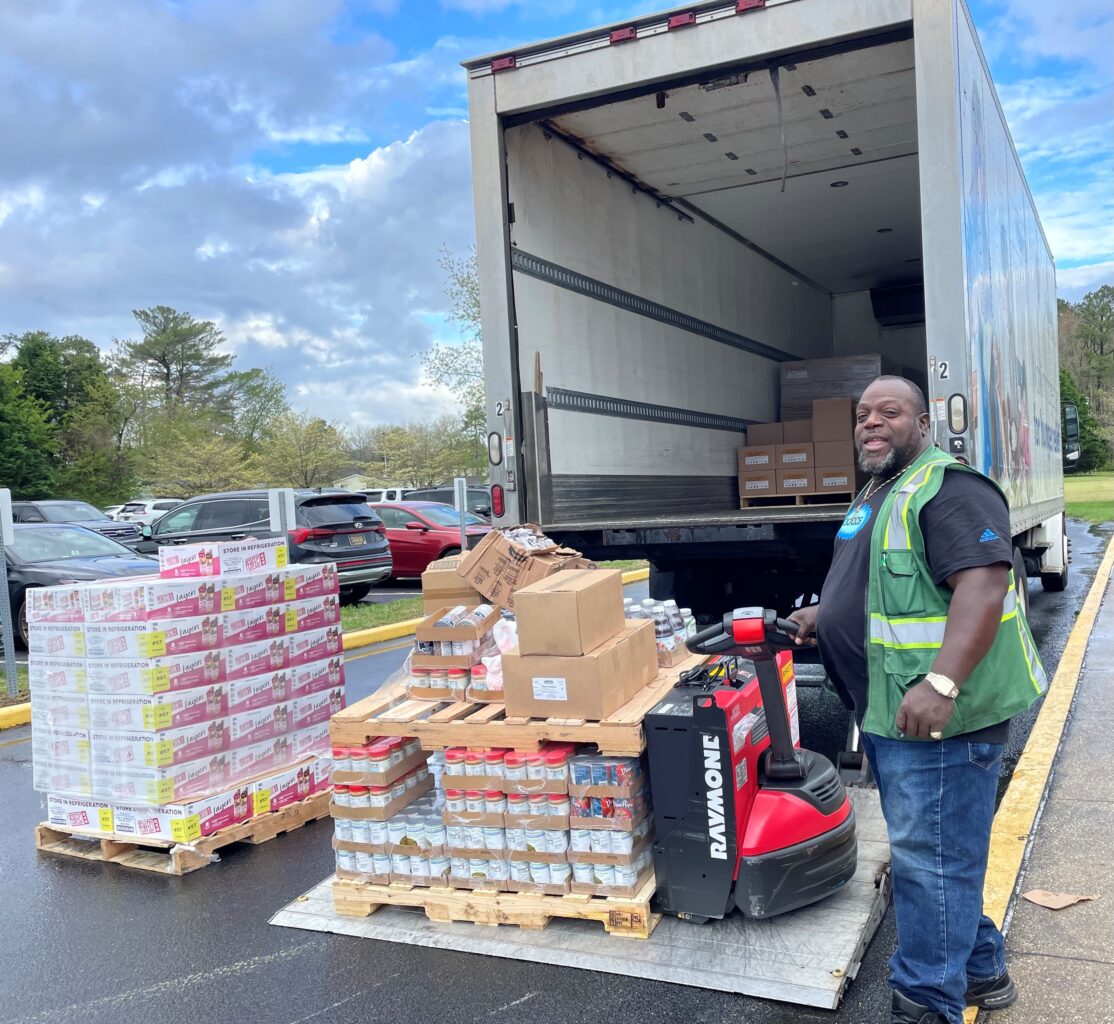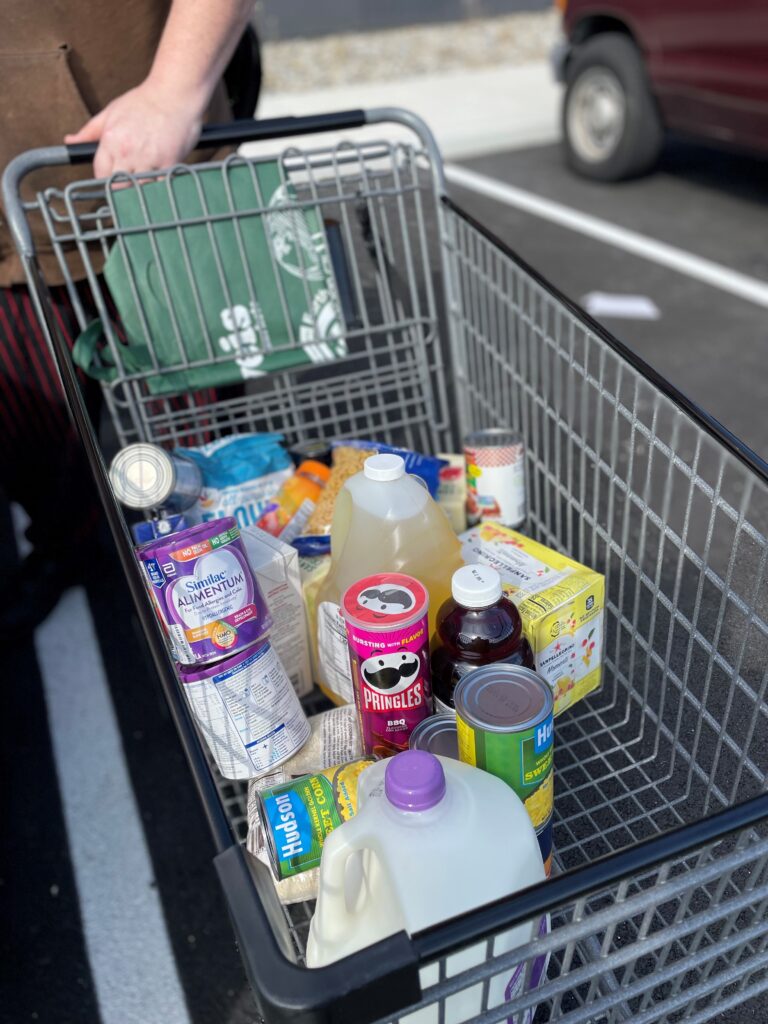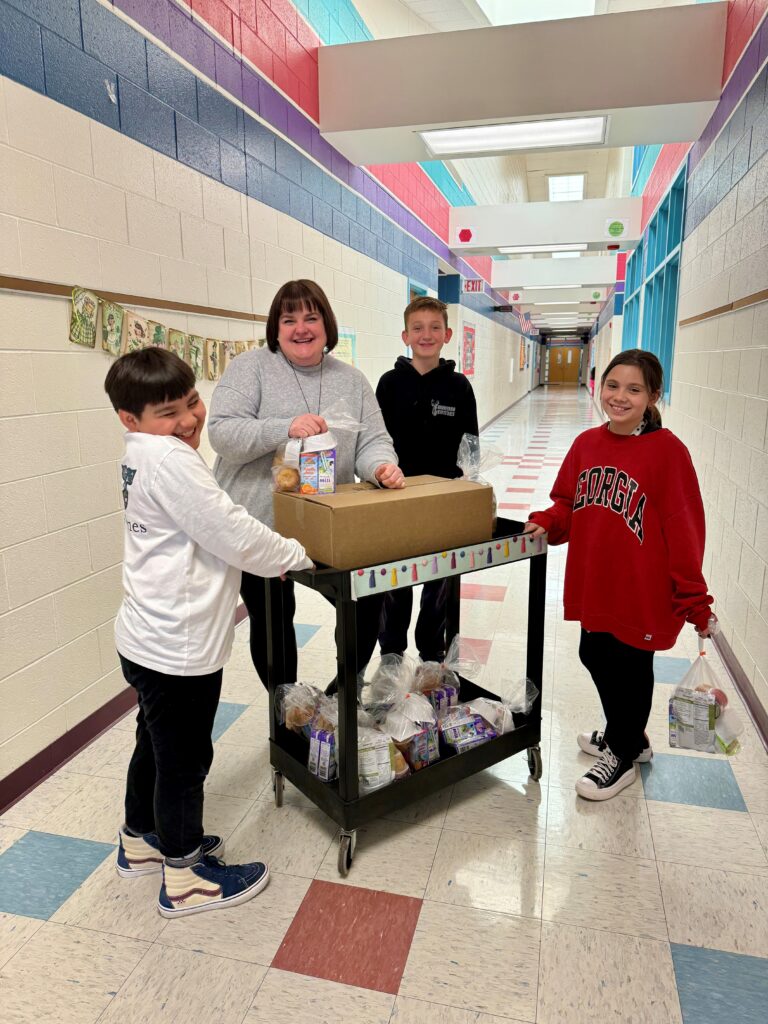UD grad students partner with Food Bank on cultural foods project
June 10, 2024
The Food Bank of Delaware’s Nutrition team is partnering with University of Delaware graduate Nutrition Program & Planning graduate students in an ongoing project to help our neighbors living with food insecurity have access to food that aligns with cultural and religious preferences.
Six students presented the Cultural Foods Project, the semester’s community needs assessment findings, to the Food Bank Delaware team and their Pantry Partners. They analyzed the self-reported data to examine cultural food preferences based on self-identified race, ethnicity, and faith in order to determine the accessibility of food preferences.
“This project aligns with our [organizational] values: Compassion, Diversity/Inclusiveness, and Empowerment; and it furthers our work to provide equitable access to food,” said the Food Bank’s Community Nutrition Director Leah Brown, MS, RDN, LDN.
The Cultural Foods Project started in March with training volunteers who collected data from neighbors visiting Food Bank community partner agencies statewide. Neighbor surveys were translated from English into Spanish, Haitian-Creole, Russian and Bengali. Neighbors provided a total of just over 800 survey responses and students analyzed 797 of them. The highest response neighbor response rate was from New Castle County (72 percent) and the lowest from Kent County (2 percent).
Neighbors, were asked to self-identify their culture and religious affiliations, and then select options related to ethnic and racial region of origin. Further work will be needed to determine what implications responses will have on food preferences. As an example, the most frequent request of foods from neighbors identifying as African American or Black were chicken and spices while neighbors who self-identified as Hispanic requested rice, beans, and tortillas. When asked the question “Do the foods at the pantry match your culture or religious beliefs,” 91 percent of neighbors reported that most the foods available at the pantries matched culture and religious preferences and seemingly only 9 percent of neighbors felt the foods did not match their culture. However, when asked the question “Are there any traditional or cultural foods you wish were available [at food pantries],” 46 percent of neighbors responded with a total of 811 food items.
What’s next? Brown said focus groups with identified cultures will be created and asked “. . . to get more specific about the foods requested. What types of fish? Rice? Spices? We will train the nutrition team on how to conduct a focus group, and we’ll identify neighbors who want to participate with the help of our Agency Pantry Partners.”
In addition, Brown hopes that with the information gathered from the focus groups, the Food Bank’s food acquisition team will be able to source more of the food that meets cultural preferences.
“It’s the humane thing to do, food equity access is important. It’s putting yourself in someone else’s shoes,” Brown said.










